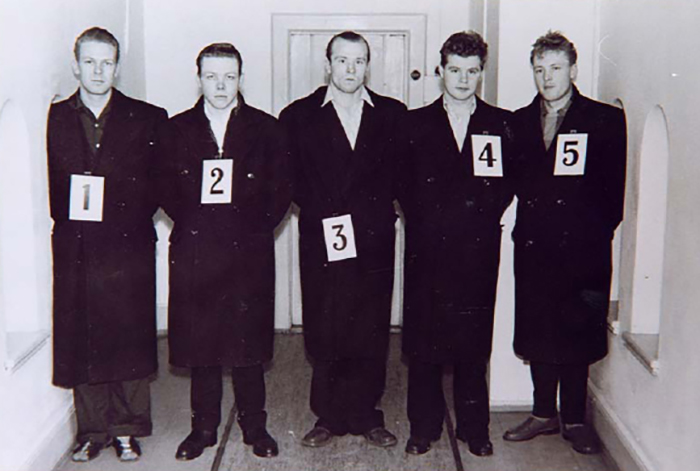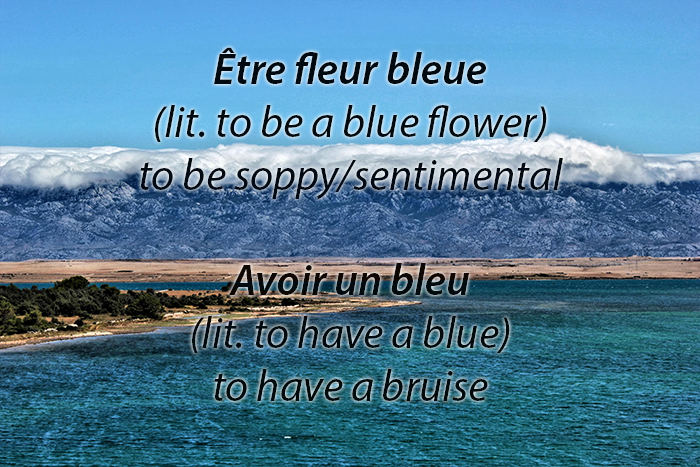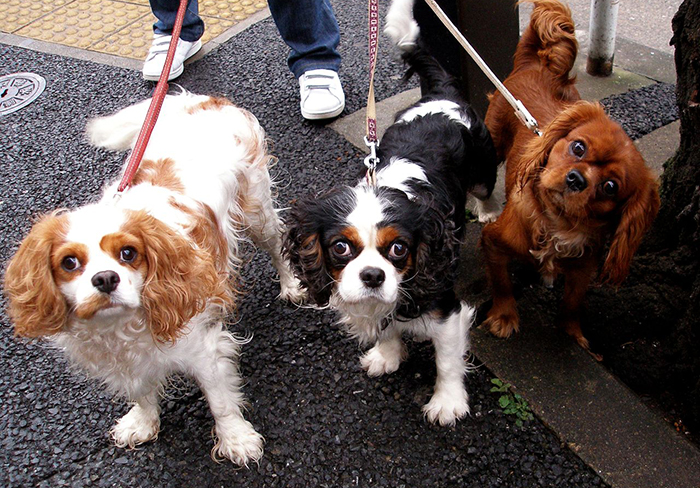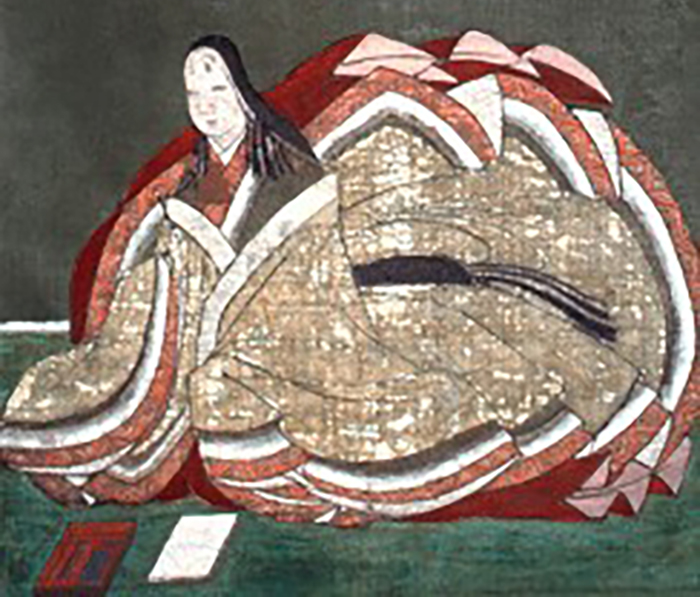Find out more about The Open University's Open Degree qualifications.
1: Eye witness identifications have led to 77% of wrongful convictions

Many of us might think we would make a reliable witness and be able to identify a criminal if asked by the police, but chances are we wouldn't as our memory for unfamiliar faces is very poor. What's more, if you were asked to pick out the criminal in an identity parade (but all of them were innocent) you'd look among all the faces and pick the one that most resembles the perpetrator, even if it’s not them - simply beacuse you were asked to do so. Graham Pike explains:
"Misidentifications can lead to someone being prosecuted for a crime they did not commit. In 2007, DNA evidence finally exonerated Jerry Miller, who had spent 24 years in a prison for a rape he did not commit. His conviction was based on evidence from two eyewitnesses. Their misidentification led to an innocent person being imprisoned for most of their adult life whilst the real perpetrator walked free. Jerry Miller’s case was the 200th case the US Innocence Project successfully appealed using DNA evidence. Eye witness identifications played a role in 77% of these wrongful convictions."
- To find out more read the full article Misidentification: Can you identify the criminal?
2: You'll get called a 'blue flower' in France if you're being soppy

If you had a Romeo moment or were overly sentimental around a french person, they may refer to you as 'une fleur bleue' (a blue flower). Many expressions involving the use of colour differ between the French and English language. For example, in England we will say 'to cross the thin blue line' as a law enforcement symbol while in France they say 'franchir la ligne jaune' (to cross the yellow line). Emilia Wilton-Godberfforde explains how language idioms are useful for language learners:
"There is an expression in French to denote how an individual may have tastes and ways of looking at things that are not shared by others, ‘des goûts et des couleurs, on ne discute pas’ (‘each to their own’). Whilst this expression suggests that we should never quibble over colours, chromatic terms can nonetheless provide a rich source of discussion for language learners who want to extend their knowledge of idiomatic expressions in the target language. Indeed, there are many descriptions and metaphorical expressions containing words that indicate colour (e.g. in English we can say ‘I’m feeling blue’ or ‘I saw red’). Evoking a colour can be a striking way of conveying a vivid impression of the mood or physical appearance of an individual. All languages do this since colours have strong connotations (even if in different cultures, colours are not always invested with the same symbolic meaning, however we will not be looking at this here). In European languages, we can find many similar expressions that incorporate colours, ‘red with rage’; ‘white as snow’ or ‘the black market’, for instance. There are, of course, differences in each country and these idiosyncratic descriptions are fun to explore."
- To discover more French phrases around colour check out this article Speak in Colours!
3: Dogs have 78 chromosomes while humans only have 46

Yes, man's best friend has DNA just like the rest of us. While pooches have 78 chromosomes, their enemy (cats) only have 38. Dog chromosomes were first described by scientists in 1928. DNA can show us why there are so many different breeds. Dr Mark Hirst explains:
"Much of the variation we see between any member of the same species (dogs, cats, humans) arises from small changes to their genetic material, DNA. These changes occur by a process called mutation and without it; the diversity of life we see on Earth would not exist. Mutation in DNA creates the variability on which evolution works.
For dogs, interesting and useful features are identified and, because they are determined genetically, they can be bred by selective breeding (i.e. choosing animals with features you want and breeding them to create new offspring with those features). We have bred dogs with regard to developing better functional capabilities (running, hunting, digging, burrowing, carrying, etc.) or looks (colour, size, shape, skin (wrinkliness), hair (texture, hairlessness), head size and shape)."
- To find out more about the science of our furry friends view this article Dogs Under the Microscope.
4: People used to believe in a 'virgin's disease' that could only be cured with sex
How convenient! While nowadays we realise that virginity is a psychological, not physical condition and it can't be 'lost' or 'taken' (literally) it hasn't always been that way. People used to think the hymen tearing and bleeding during first-time sex showed the loss of virginity, but doubts were beginning to show throughout the 16th/17th century, yet there were still myths around it. Helen King explains:
"But one thing was very different when early modern writers thought about virginity. They believed in a particular disease which only virgins could have. First described in the 16th century, what was called “the disease of virgins” had a range of usefully vague symptoms: feeling faint, breathlessness, odd eating habits. All of these were attributed to blood which hadn’t managed to leave the body.
Surprise, surprise: while bloodletting could help, the best cure was having sex. Sex would open up the body and move the retained blood around. It’s interesting that the idea of a “disease” worked for those who believed in the hymen as a barrier, and for those who didn’t. The latter thought that the problem was a different sort of closure, that of little internal “mouths” that allowed blood from all over the body to get into the womb in the first place."
- Read the full article on perceptions of virginity The Obscure History of the 'Virgin's Disease' that could be Cured with Sex.
5: Alcohol is responsible for 8,000 deaths in the UK every year
Policies to control drugs and alcohol are decided by politicians not scientists. This has lead to "disastrous results" says Professor David Nutt. This explores his study into drugs:
"Professor Nutt and colleagues have developed a Cause of Harm Index compiled by scientific experts, which compares the harms done to individuals and to society by individual drugs, including tobacco and alcohol.
By this measure alcohol is more harmful than most of the drugs which are now currently illegal and responsible for the deaths of 8,000 people in the UK each year.
By contrast drugs like cannabis, ecstasy and mephedrone, which the scientific evidence suggests are all much less dangerous, are much more strictly controlled. Mephedrone was recently made illegal despite evidence that it may have encouraged a drop in consumption of a much more harmful drug, cocaine."
- Look at the illegal drugs that aren't really as dangerous as alcohol with this article The Drug Legislation Dilemma.
6: The world's first novel was written by a Japanese woman over 1,000 years ago

A woman wrote the world's first novel, twice as long as War and Peace over 1,000 years ago - yikes! Japanese court manners during this time considered it impolite to address people by their personal names. So, the real name of the woman who wrote what is judged to be the very first novel was not recorded and is unknown. Dr Catherine Lee explains:
"The writer who has come to be known as Murasaki Shikibu was born into an influential and cultured family, her father was a provincial governor and her male relatives held positions in the imperial government. Murasaki was educated at home and reputedly learned Chinese by listening outside the door while her father taught her brother. She married at about the age of twenty but her husband died soon after, leaving her with a daughter. She then lived quietly for some years.
In 1004 Murasaki entered the service of the Empress Akiko, possibly due to her talent for story-writing. No one knows precisely when she began her famous story, The Tale of Genji but, divided into fifty-four books or episodes, the novel is twice as long as War and Peace. The plots spans almost a hundred years and involves over four hundred characters. The hero, Hikaru Genji, seeks love and happiness, enjoys popularity at court and a series of amorous encounters. The tale, according to its English translator, contains some remarkable writing. It is considered to be the world's first psychological novel and one of the most distinguished masterpieces of Japanese literature."
- Explore Murasaki Shikibu and other remarkable women from different eras across the globe in our How Women Changed the World interactive.
7: Time travel is actually possible

As you're reading this article this very second, you are travelling through time at a rate of one second per second. Dr Who, eat your heart out. We can't help but travel through time, as that's the nature of time itself. But what about if you wanted to travel to the future or the past? Professor Andrew Norton explains:
"Time travel into the future is easy – in principle at least. Albert Einstein’s theory of special relativity, which he devised in 1905, shows that ‘moving clocks run slow’. This is an effect known as time dilation. Quite simply, if a clock moves at a constant speed with respect to a stationary observer, that observer would see the moving clock ticking more slowly than one at rest next to her. And the faster the clock moves, the more slowly it ticks. This isn’t just a trick either – all physical or biological process, or anything at all that you care to measure, would indeed happen more slowly when moving rapidly, as viewed from a stationary view point...
...but why is time travel into the past so difficult? This all comes down to what’s known as causality and is perhaps best summed up by the Grandfather paradox. If time travel into the past were possible, then you could (if you really wanted to) travel into the past to a time before your parents were born and kill your Grandfather. Then your parent would never be born, so neither would you, so you couldn’t travel into the past to kill your Grandfather after all… Because paradoxes like this simply don’t occur in the Universe (as far as we know), time travel into the past cannot be possible."
- Find out more about time travelling and the laws around it with this article Doctor Who: Is time travel possible?
8: The USA emits 3x as much CO2 per person compared to China
When looking at news reports on carbon emissions, you'd be forgiven for thinking that China are the worst offenders. But there’s a trap here and that's the difference between emission per country and emission per person. Professor Hans Rosling explains (look at the video above for reference):
"On this axis I show carbon dioxide emission per person, from a few tonnes per year to 10 and 20 tonnes per person and year. Now the size of the bubble, the total area of the bubble, that represents the total amount of carbon dioxide emitted from that country, and you can see that China has the biggest area. They have the highest emission per country. Number two, United States, number three, India. But these countries are on very different emissions per person, so China and India with relatively low emission per person have big bubbles because they have huge populations. United States, they have a big bubble because they're very high up, they have almost three times as much emission per person compared to China."
- Explore the Hans Rosling video series on how to use animated data to show our changing world, Hans Rosling: How to Compare Countries Using Statistics.
9: Plastic bags are more environmentally friendly than cotton ones

In October 2015 the law changed and large shops in England are required to charge 5p for all single-use plastic carrier bags and we've been struggling to remember to bring alternative bags to our local supermarket ever since. Interestingly enough, in one of our quizzes on waste on OpenLearn, the use of cotton bags instead of plastic ones is questioned:
"The UK Environment agency published a report in 2011 comparing different supermarket carrier bags that were available in the UK in 2006. This report looked at the resources and processes involved in producing a bag as well as how often a bag is used. It found that a cotton bag may have to be re-used at least 131 times to have a lower environmental impact than certain types of plastic bag that are only used once."
- See how much you know about waste in our interactive quiz Waste not, Want not?
10: Chocolate is actually good for you (sort of)
Hurrah! The fact chocolate may be good for our health must be one of the best health reports ever - but does this mean we can scoff all of Thorton's? Chocolate carries a lot of calories in a small bar, which makes it a high energy food and really good for polar explorers. But what about us mere mortals? Dr Claire Turner explains:
"The Cochrane Group report in 2012 showed that consuming an amount of up to 100g of dark chocolate every day may lower your blood pressure by dilating (slightly opening) your blood vessels. This is due to compounds in dark chocolate called flavanols, which act by increasing the production of a gas called nitric oxide – it is this gas which this causes blood vessels to dilate. This effect was small but appeared to be borne out by a statistical analysis. However, it only happened during the first two weeks of dark chocolate consumption; after that the effect was not apparent. But 100g of dark chocolate a day for two weeks is a lot of chocolate! As 100g of dark chocolate contains about 550 kcal, this is roughly a quarter of an average person’s daily calorific requirement of 2000 kcal for a woman and 2500 kcal for a man."
Dig deeper into the health benefits of chocolate with this article The Science of Chocolate.
The Open University launched OpenLearn, a website dubbed 'The home of free learning', in October 2006 and since then it has gained over 40 million unique users and won awards recognising its array of valuable free learning content.
To celebrate OpenLearn's 10th anniversary, we are releasing a new listicle centralised round the number 10 on the 10th of every month in the 10 month lead up to October. Check out our Ten Years of OpenLearn hub to enjoy even more free learning!



Rate and Review
Rate this article
Review this article
Log into OpenLearn to leave reviews and join in the conversation.
Article reviews